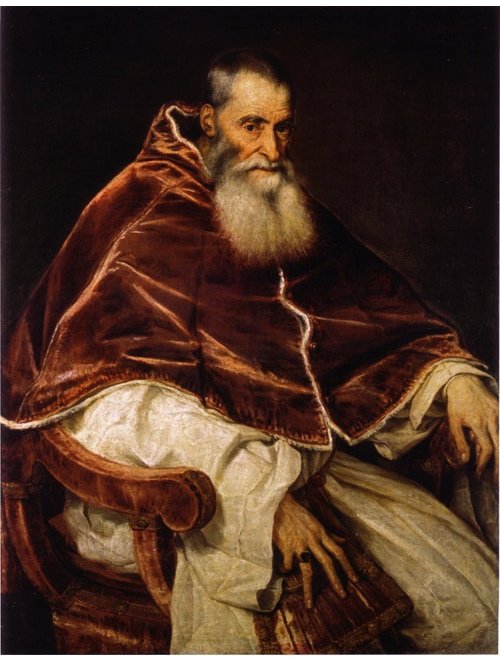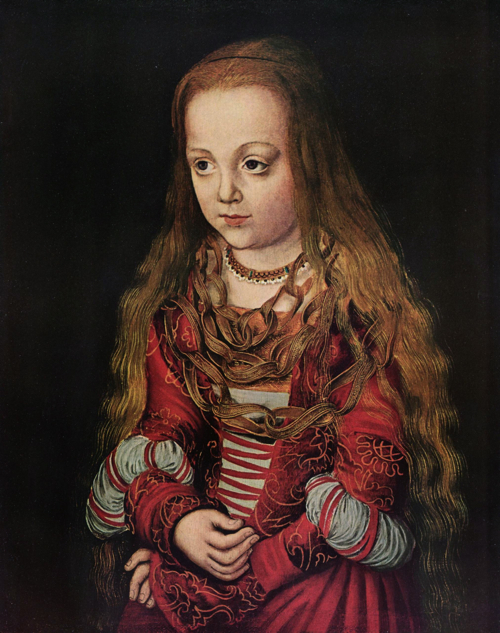I went along to this with little knowledge and few preconceptions and on the whole was pleasantly surprised. I’ve said before I particularly like the Northern Renaissance for its more medieval aesthetic compared to the Italians. That’s actually less true of Gossaert; a lot of his figures have that contorted quality that I associate with, say, Michelangelo; of being posed in rather uncomfortable-looking positions with pronounced foreshortening. They also have a kind of fleshiness which relates to the Italians but also seems to make him a precursor of painters like Rubens and Jacob Jordaens.

The portraits stood out for me; which, come to think of it, is often the case in these exhibitions. I guess that’s partially because of their human interest — they are the most gossipy kind of painting — and partially because the relatively constrained format strips away many of the things modern audience find off-putting about older paintings. I think there are various reasons why religious paintings and history paintings are not to modern taste, some of it to do with the subject matter, but also the style. Whereas a straightforward head-and-shoulders portrait, the subject looking out of the canvas, is probably the single genre of painting which carries through most directly from the Renaissance to now.
So there was certainly stuff to enjoy — not least some fantastic Dürer engravings and woodcuts which were in there for context — but I can see why Gossaert’s not as well known as some of his contemporaries. He was clearly a wonderful painter, but he just lacks the extra something to make him stand out. And the ways in which he is different from his contemporaries probably make him less to modern taste rather than more. Certainly less to my taste.



